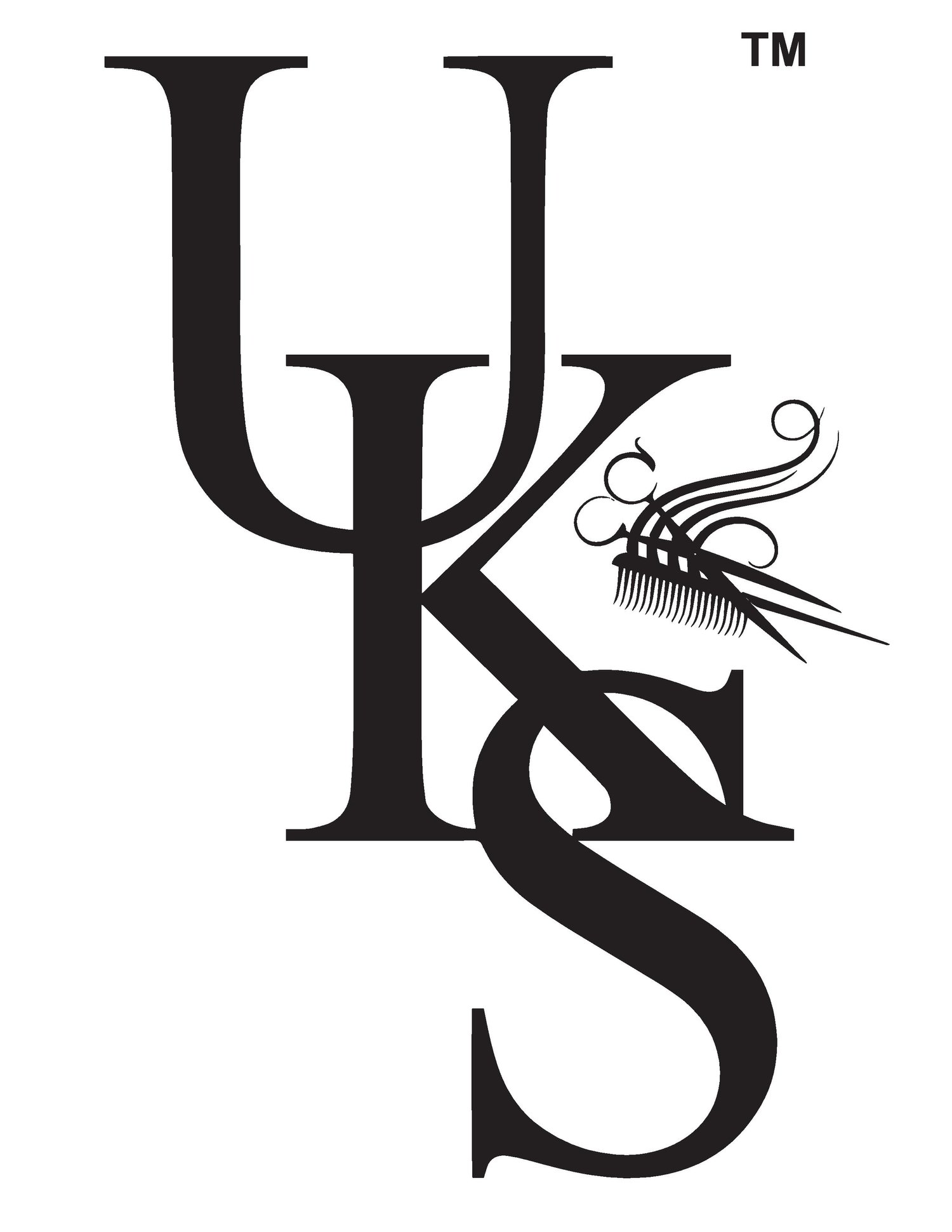Your porosity guide
Porosity is the hair’s ability to absorb and hold moisture, and how easily moisture can penetrate the hair. Porosity is determined by genetics, and external factors such as environmental and chemical damage. If you can identify the client’s porosity, then you can recommend to them the best treatments, styling products and techniques to keep their hair hydrated and healthy.
Hairs porosity is your hairs ability to absorb and retain moisture, and falls into three levels of porosity:
low porosity
medium porosity
high porosity
Let’s look at each of these levels of porosity in a little more detail, so that you can identify yours and follow some tips and tricks on what to do and what not to do when caring for your hair.
Low porosity:
· Low porosity is when your hair is water-resistant
· Takes a long time for the hair to dry
· Natural white hair tends to have low porosity
· Avoid heavy oils and butters
· Can benefit from steam treatments, heat and clarifying shampoos bi-weekly to help open the cuticle when washing, increasing the porosity. Applying heat to your hair prior to washing is highly recommended.
· Benefits from soft chemical processes such as colour services, where the cuticle is opened
· Recommend light weight styling products to prevent build-up
· Use a deep conditioner and avoid protein treatments.
Medium porosity
· When you first apply water, it sits on the hair for a couple of minutes before absorbing into the hair
· Tends to have the right balance of protein and moisture, and appears quite healthy
· If you notice your hair getting frizzier than normal then it means the porosity level is getting higher and you may need to adjust your routine to get back to medium porosity again
· Easier to style and hold it’s shape for longer periods
· Takes colour well
· Doesn’t take too long to dry after washing
· Can benefit from a moisture treatment once a week and a protein treatment once a month.
High porosity
· The cuticles are open and spread apart
· absorbs moisture easily, but it’s harder for the hair to retain or hold onto that moisture due to the cuticles being wide open
· can easily become damaged, can appear dull and tangles easily
· lacks shine, and feels rough to the touch
· dries quickly after washing
· Highly porous strands have tears and gaps in the hair, which can lead to further damage if not cared for.
· Other signs of high porosity include limpness, low elasticity (does not stretch or breaks if you try to stretch a strand), is shedding, or has been recently coloured or bleached.
· incorporate protein into the haircare regime
For coily textures, follow the UKS 4-step method for guidance around layering and applying which products and how, according to your porosity and hair type (see our Coily Therapy Program for more information).
Why is it important to understand my hair’s porosity?
Knowing your hair’s porosity can help guide you as to what products you should use to keep your hair in optimum health. Moisture treatments are recommended for low to medium porosity types. A protein treatment is recommended for high porosity types. For more information, please see our Protein vs Moisture blog.
